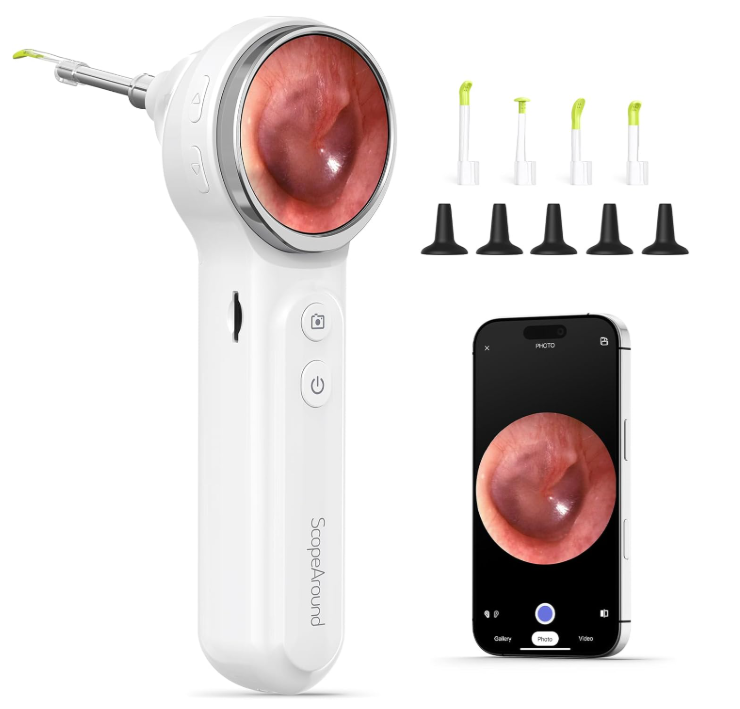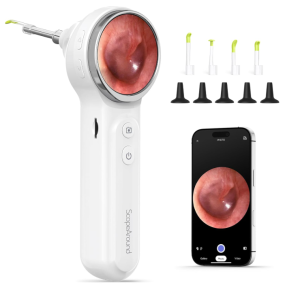Ear wax, or cerumen, plays an important role in protecting your ears from dust, debris, and bacteria. However, excessive wax buildup can lead to discomfort, reduced hearing, or even infection. While ear wax often clears itself naturally, using a tool – like a flexible ear wax removal camera – can help in cases of significant buildup. It’s important to use these tools properly to avoid damaging your ears. (Note: As an Amazon Associate I earn from qualifying purchases.)
Choosing the Right Tool
There are several types of ear wax removal tools available, including:
- Soft rubber bulb syringes – for flushing the ear with warm water.
- Ear scoops or curettes – manual tools with a loop or scoop on the end.
- Irrigation kits – often battery-operated, these use a gentle stream of water.
- Ear wax softeners – drops that help break down wax before removal.
Always choose a tool specifically designed for ear wax removal. Avoid using cotton swabs or bobby pins, which can push wax deeper into the ear canal or cause injury. Smarter Hearing Aids recommends the ScopeAround Otoscope, which allows you to see inside your ear canal while removing ear wax. It can be found on Amazon here for around $89.
Step-by-Step Guide to Using an Ear Wax Removal Tool with a Camera
-
Prepare the Area
Make sure you are in a well-lit space with a mirror. Have clean towels and tissues nearby. Wash your hands thoroughly. -
Soften the Wax (Optional but Recommended)
Use ear drops or a few drops of warm (not hot) olive oil, baby oil, or hydrogen peroxide in the affected ear. Let it sit for 5–10 minutes with your head tilted to the side, then drain. -
Use the Tool Gently
If using a scoop or curette, insert the tool no more than a centimeter into the ear canal. Gently scoop out visible wax, pulling it outward. Never force the tool or insert it deeply. -
Flush if Needed
If using a bulb syringe or irrigation kit, fill it with warm water (body temperature). Tilt your head and gently squirt water into the ear. Let it drain and repeat if necessary. -
Dry the Ear
After cleaning, gently dry your ear with a soft towel. Tilt your head to let any residual water drain out.
Safety Tips
-
Do not use ear tools if you have an ear infection, perforated eardrum, or recent ear surgery.
-
Stop immediately if you feel pain, dizziness, or discomfort.
-
Limit use to once a week or less to avoid irritation.
If wax buildup persists or causes hearing loss, consult a healthcare professional. Proper use of ear wax removal tools can be effective and safe with the right approach. It’s always best to be able to see exactly what you are doing.

